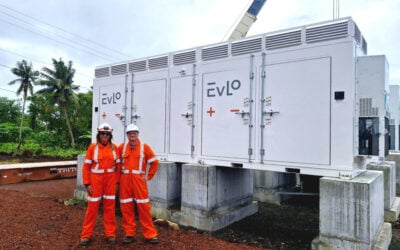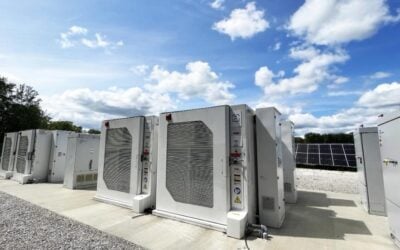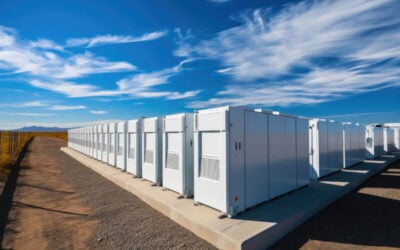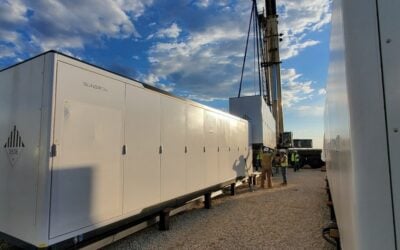
Battery energy storage system (BESS) integrator Fluence will use its AI-powered bidding optimisation software Mosaic to co-optimise Gentari Renewables’ 172MW Maryvale solar-plus-storage site in New South Wales, Australia.
In a LinkedIn post, Fluence confirmed it would use Mosaic to co-optimise both assets to ensure maximum revenue. It will also consider operational and commercial constraints and optimise around the PV generation forecast and BESS energy, including Frequency Control Ancillary Services (FCAS) markets in the National Electricity Market (NEM), which it will be connected to.
Enjoy 12 months of exclusive analysis
- Regular insight and analysis of the industry’s biggest developments
- In-depth interviews with the industry’s leading figures
- Annual digital subscription to the PV Tech Power journal
- Discounts on Solar Media’s portfolio of events, in-person and virtual
Or continue reading this article for free
The 172MW solar PV plant and the 172MW/408MWh advanced lithium iron phosphate (LFP) BESS will be located 37km southeast of Dubbo in the Orana region of the state. As such, the project will be located in the Central-West Orana Renewable Energy Zone (REZ).
The Australian Energy Market Operator (AEMO) Services inked a long-term energy service agreement (LTESA) last year through a tender held under the NSW Electricity Infrastructure Roadmap strategy, to secure green energy from the project.
Supply contracts for the solar PV modules and the BESS have been established with original equipment manufacturers (OEMs) Trinasolar and Contemporary Amperex Technology Australia (CATL).
The project had originally been proposed by solar developer Wirsol Energy Australia before its acquisition by Gentari in 2023. The acquisition marked Gentari’s first entry into the Australian renewable energy market.
Fluence’s Mosaic deemed the ‘most widely adopted bidding software on the NEM’
Mosaic, which has been utilised in other Australian BESS projects, such as a 100MW/200MWh Tilt Renewables BESS in Victoria, is regarded as the “most widely adopted bidding optimisation software on the NEM.
It harnesses AI to enable clean energy asset owners to increase revenue, minimise cost, and manage risk while maintaining compliance with wholesale electricity market rules.
Perhaps the most significant Australian BESS to use Mosaic technology will be the Waratah Super Battery, a previously described ‘giant shock absorber’ system that will enhance reliability and resiliency across the NEM. The first stage of energisation was completed in early September.
Speaking at the Energy Storage Summit Australia 2025 last week, Tim Buckley, founder and director of the think tank Climate Energy Finance, flipped traditional views on negative pricing events and described them as “an advantage.”
Australia has “world-leading negative pricing in wholesale markets,” Buckley said, noting that in the states of Victoria and South Australia, negative pricing was experienced for 24% and 26% of last year.
Matt Grover, director of solutions engineering and analytics at Fluence’s digital services division, added that some market participants are already leveraging solar’s surplus generation during the daytime and this is supported through the company’s Mosaic technology.
“Negative pricing presents an opportunity for batteries to respond to that price signal,” Grover told Energy-Storage.news in an interview at the event.
“That price signal is the market saying, ‘Please give me some more load. I’ve got too much generation right now, relative to the amount of load’, and that’s exactly what investors have done,” Grover said.
“On some days of the year, battery projects that Fluence’s automated bidding platform, Mosaic, is helping trade in the market are earning “most of their revenue through negative territory.”
Grover also noted that Mosaic is currently supporting several Australian BESS assets in the bidding process, even through grid constraints.
“Batteries need to trade through grid constraints. They need to change trade through congestion, through changing price forecasts, all with a view to managing risk in a way that’s palatable for the for the trader. Building an interface for the trader to manage all that is our challenge and the way we create value for the industry,” Grover said.
Additional reporting by Andy Colthorpe.






